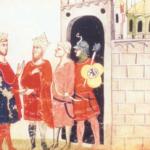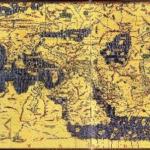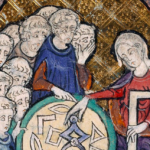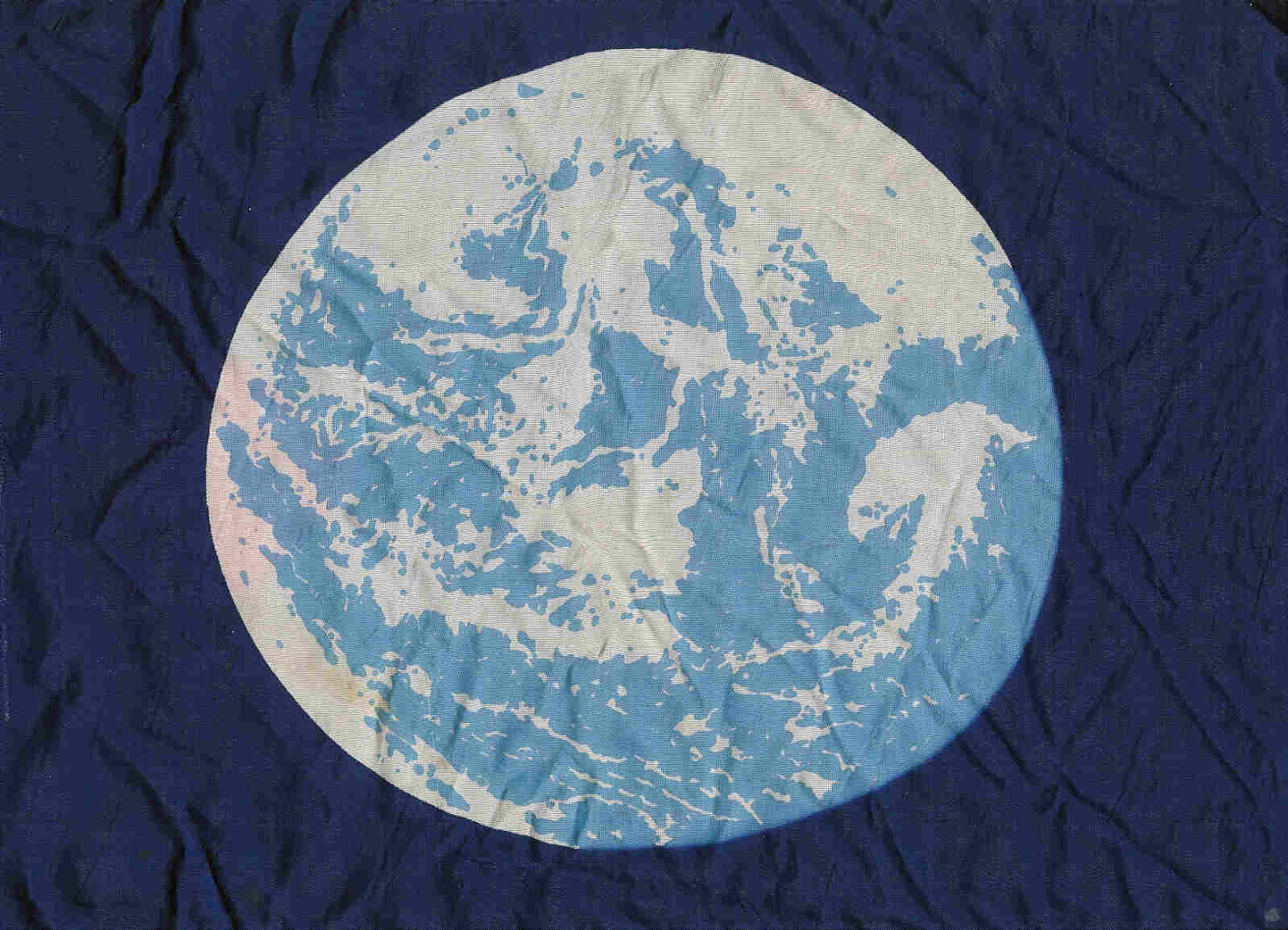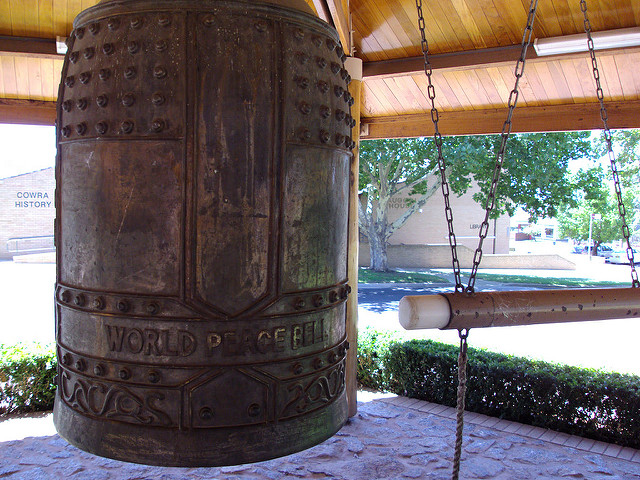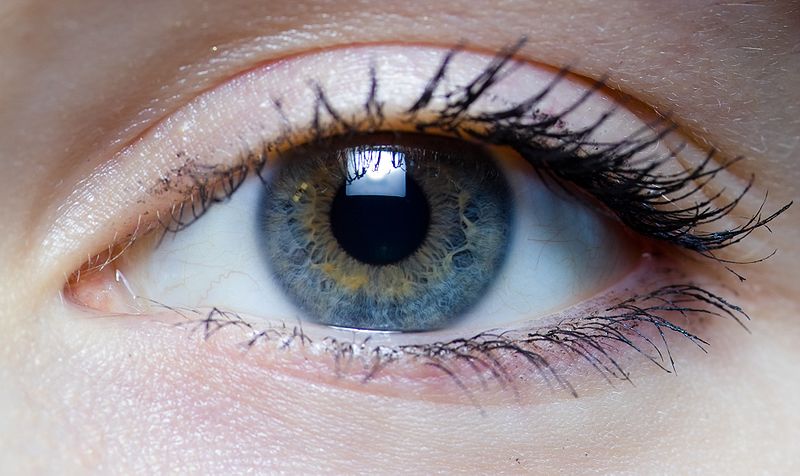
Seeing With New Eyes: Ibn Al Haytham, Optics and Foreignness
When we think of the science of optics we may think of Isaac Newton, who together with his other discoveries, made important studies in the field of optics.
We are far less likely to think of the breakthroughs in optics and science made by Ibn Al Haytham, a scientist who lived in the Islamic world in the tenth century. To Europe he was known as Alhacen or Alhazen.
Al Haytham largely solved a scientific problem that had frustrated previous thinkers for more than a thousand years. How do we see? The problem stretched back to the time of Aristotle. Aristotle spoke Greek. Al Haytham’s work was written in Arabic and he read Artistotle and other Greek philosophical and scientific works in Arabic translation. In due course, Al Haytham’s own works were translated into Latin (then the common language of Europe) and his work influenced thinkers and scientists in the West up until the time of Kepler. As recently highlighted by Charles Falco and others, Al Haytham’s work also influenced the emergence of perspective in western art. In the process of solving the nature of sight, Al Haytham’s careful scientific investigation developed methods consistent with what is today called the scientific method. He carefully reported his experiments making the method available to those who came after him.
In short, Al Haytham should be well known.
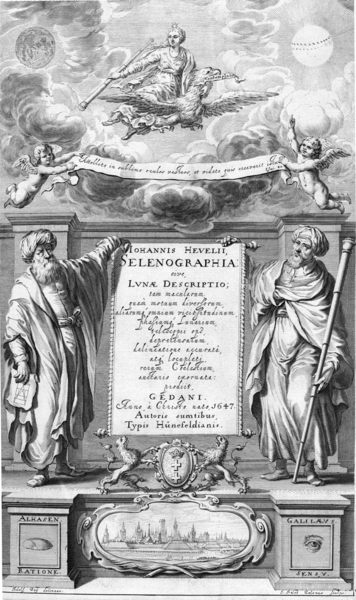
To see why, we have to dig into the history of optics. Aristotle primarily taught that the way that our eyes see is by the “form” or “essence” of something in our field of vision being brought into contact with our eyes. Aristotle’s idea had no element of geometry or mathematics. It was known as the ‘intromission’ theory. A rival theory, taught by Plato, was the ‘extramission’ theory. This theory was geometrically grounded, but held that light (in some versions a kind of fire) travelled out from the eye to an object. The eye reached out, so to speak, to ‘touch’ the things it sees. Aristotle’s theory had problems that the ancients couldn’t explain. The process was imagined as one which required the object to be in contact with air which was in contact with the eye. When light fell on the air, it would become capable of making the connection with the eye, making vision possible. A third theory, held by Galen and Ptolemy, combined these two theories, with light rays, coming out of the eye, touching the form or essence coming out from the physical object.
While these ideas may seem quite odd to us, they were the best theories available for many centuries. However by Islamic times, the problems with the theories were becoming obvious. For example Aristotle’s theory can’t explain why a circle seen from the side takes the shape of an ellipse. The extramission theory can’t explain how information gets back to the eye, since it is based on rays leaving the eye. Al Haytham’s genius was not in seeing the problems (as others had seem them before him). His genius was in find a solution.
Al Haytham’s life included a period of house arrest during which he made his discoveries in optics and wrote his work Kitab al-Manazir (Book of Optics).
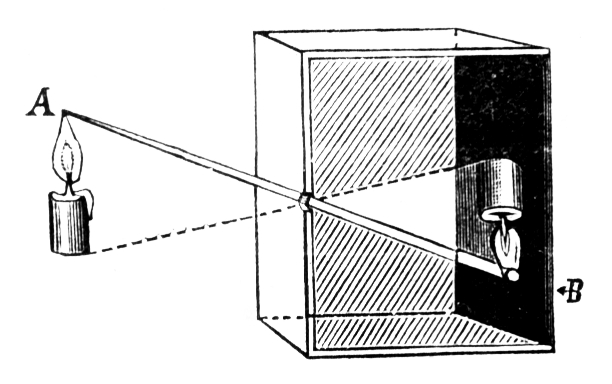
In order to solve the problem of optics Al Haytham used geometric methods and scientific experiments. The solution he found is very close to what science teaches today. Light travels in straight lines to the eye where an image is formed on the back of the eye. This is how we see. To prove his theory he conducted careful experiments. Among his experiments was use of the camera obscura. This is a darkened room with just small hole through which light enters. The result is that an image on the wall opposite the hole. The resulting image is upside down. It was one proof that light travels in straight lines.
However on the point of inversion of the image, Al Haytham was wrong. He sought to explain the reason that we see things the ‘right way up’ by concluding that the lens refracts the image so that the image is correctly oriented in the eye. The image is in fact upside down on the back of the eye. The brain interprets the image so that we experience the world the ‘right way up’. In the seventeenth century, Kepler, studying the nature of lenses, corrected Al Haytham’s model.
Al Haytham’s method included the basic elements of the scientific method. In his investigation of optics and other scientific problems, Al Haytham combined mathematics, geometry, reason and careful use of controlled experiments.
There are a quite few things we can “see” from this story.
Firstly the name Al Haytham will likely be foreign (unless you happen to speak Arabic). His story is not part of ‘our’ story. Yet, Al Haytham’s work is an essential and important step in an important branch of human learning. As late as the seventeenth century, Europeans were well aware of that work. He was part of the ‘story’.
Sometime later, his work, and the work of other scientists and philosophers from the Islamic world were almost completely erased from Western memory. Al Haytham, Averroes, Avicenna, Al Tusi, Al Farabi, Al Kindi, Al Khwarismi and many others disappeared into the Islamic “other”, Western links to them erased.
Indeed, a common but wrong belief taught by later European scholarship was that the Islamic world invented nothing: being incapable of invention. At best it served as one unoriginal transmission route for classical knowledge. It was a theory consistent with the equally mistaken and harmful scientific racism of the nineteenth and early twentieth century. It is only recent times that a more accurate account began to be restored.
As unhelpful are partisan views that exaggerate or isolate the contribution of scientists of the Islamic world from the broader historical context.
Al Haytham was building on knowledge with roots in Classical Greece and Rome. This may not fit our preconceptions of the relationship between the Islamic World and the ‘West’. For example, westerners will often see themselves as the natural and only heirs of the classical past.
Al Haytham lived in the city of Cairo in Egypt. A country that had been in turn part of the Hellenistic, Roman and Byzantine worlds. Most recently it has been part of the Islamic world. In very real ways, the Islamic World is as much heir to the Greek and Roman heritage as that part of the world which is now called “the West”. Al Haytham had no difficulty in drawing in “his” heritage in his scientific thought. Indeed, quite naturally, the classical world (and for that matter Persian civilization) enormously influenced the subsequent Islamic civilization, as Islamic civilization has influenced significantly influenced ‘the West’. The stories were always interwoven, and will always be. This of course is not to dismiss the additional contributions that Islamic civilization itself made to humanity’s growing knowledge base.
From both perspectives we see that the sharp dividing lines drawn between cultures are a caricature of reality. In truth, the relationship is far more rich and complex.
Al Haytham in The Science of Islam, Jim Al Khalili, BBC
Recently the term “islamization” has been appearing in news reports. It represents an extreme belief that ‘the West’ is under threat of being made ‘Islamic’. It is an irrational fear and a transparent cover for anti-immigrant xenophobia. An equally extreme belief, similarly rooted in hatred and fear, is that ‘westernisation’ is an evil that needs to be driven out of ‘islamic’ lands. If Al Haytham’s story tells us anything, it is that the horse of cross-cultural influence bolted a long time ago. The West has long been ‘Islamic’, in some senses. And the Islamic World, has, for centuries been ‘Western’, in some senses. It is something to celebrate and recognise, rather than fear. We have a shared past. Of course there is much in that shared past and the present that is less then positive – not least a history of cross-cultural violence at different points in history. Our challenge is to build a peaceful shared future that does not succumb to the polarising forces seeking to drive people and societies apart. Rather we need to draw on the best that human beings have to offer, wherever that best may be found.
There is something else we might note from Al Haytham’s story. It took a very long time for received theories to be replaced with a better model of reality.
Our mental constructs can linger long after they have served a useful purpose. The division of human beings into ‘natives’ and ‘foreigners’ is a similar mental construct that has long outlived its usefulness. It does more harm than good in the 21st century. It keeps us perpetually under a threat of war. And perpetually deprived of the full rights of citizenship in the human family to which we are all entitled. Foreignness won’t be easy for us to give it up. We need to abandon it however, if we wish to see and realize the potential for a peaceful global civilization that beckons beyond the socially constructed illusions and ills of the present.
Resources on Al Haytham’s Contributions
Eye of the Beholder: Theories of Vision, audio podcast, Peter Adamson, History of Philosophy Without Any Gaps
Ibn Al Haytham’s Scientific Method UNESCO
Ibn Al Haytham’s Contribution to Optics, Art and Visual Literacy, Charles M. Falco and Weitz Allen
Ibn Al Haytham and the Origins of Computerized Image Analysis, Charles M. Falco
Image Source: Eye
Related articles
International Year of Light – UNESCO celebrates life of ‘Ibn Al-Haytham’
